LENT II
“In the prayer at the beginning of the Mass we asked the Lord for two graces: “To listen to Your beloved Son”, so that our faith might be nourished by the Word of God, and another grace — “to purify the eyes of our spirit, so that we might one day enjoy the vision of glory”. To listen, the grace to listen, and the grace to purify our eyes.
This is directly related to the Gospel we heard…”
(excerpt of Pope Francis’ homily on the Transfiguration, March 16, 2014)
For me, the story of Jesus’ Transfiguration, tells the truth about what happens when we go with Jesus, away for quiet prayer, especially when there is an issue of suffering, as Jesus took Peter, James and John with him right after he had told them the hard news of his coming Passion. What seems, then gives way to what is, as surely as the person of Jesus became transformed and shining, divinely beautiful, while God told the apostles, This is my beloved Son, Listen to Him.
As Pope Francis says it, the graces of prayer change our hearing and our sight, so that what we bring to prayer, takes on a new light, coming from the Lord himself and his silent message of love and support, his inspiration, and kind call for outreach.
Sister Wendy Cotter, CSJ, Ph.D








